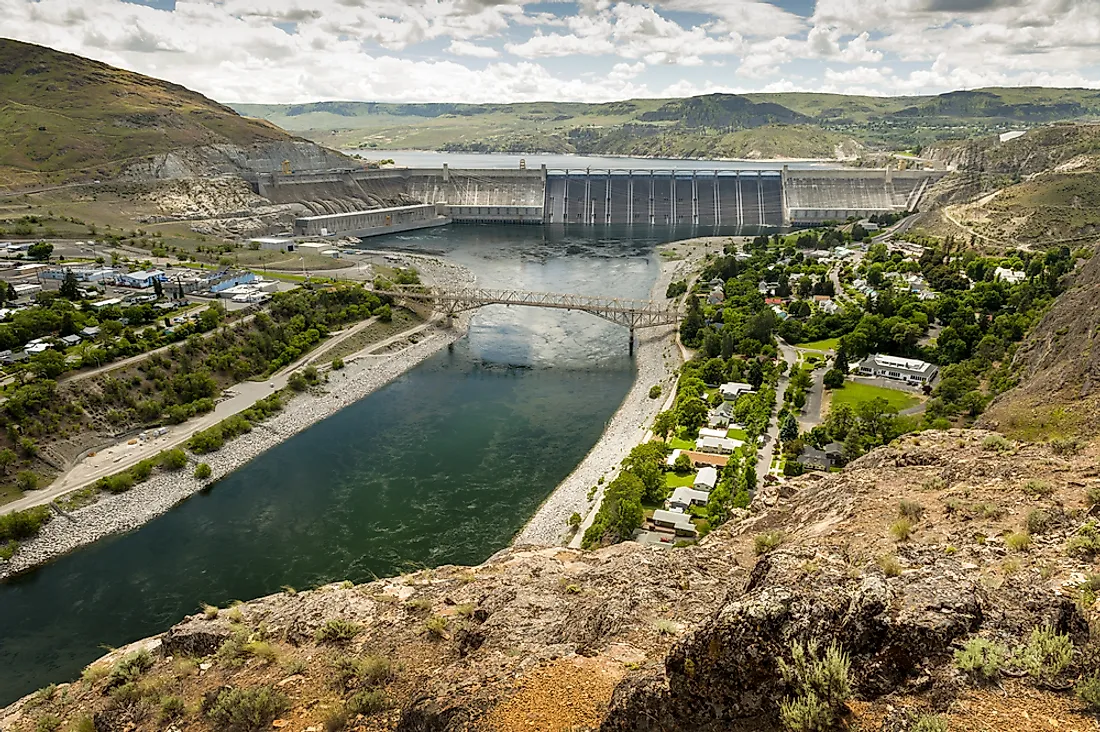What Is A Coulee In Geography?

Coulees are magnificent geographical features common in southwestern parts of Canada and Northwestern regions of the United States. The word coulee is from the French-Canadian word coulee which in turn is a derivative of the French word couler which means ‘to flow.’ The name of these features is, therefore, an indication of how they form. Coulees are generally gullies or ravines, often dry ones, which were sculpted by the action of moving water. Essentially, coulees are the products of intense erosion by water.
Definition and Characteristics
The definitions, and as a result the features of coulees, vary from place to place. In the Great Plains, a coulee is employed interchangeably to refer to any number of water features ranging from creeks to ponds. In southern Louisiana, on the other hand, a coulee means a dry ravine or gully that becomes more sizeable as a result of rainy weather. This term has also been used to refer to small ditches and canals in swamps and perennial streams. Depending on the definition one would adopt of coulees, these geological features may be characterized by steep slopes, the vast erosive action caused by water. Most coulees today occupy ancient river beds.
Formation of Coulees
Coulees can be formed through one of two ways. Some coulees develop as a result of volcanic eruptions. They are not as common as those formed by water erosion. Coulees that develop as a consequence of erosion are vast canyons that are characterized by steep walls. They are believed to have formed towards the end of the last ice age. During this period, rapidly melting glaciers causing huge flooding. The water from the glaciers resulted in powerful waves that removed the bedrock through massive erosion that formed the deep canyons. This process occurred over long periods of time. The water has since disappeared due to climatic changes and as such a majority of coulees are seasonally dry or have small streams.
Famous Coulees of Washington State
The Grand Coulee is the most famous structure of this kind. It was formed as a result of thousands of years of erosion. Today, it hosts one of the largest dams in the US - the Grand Coulee Dam. This dam was created with the aim of supplementing electric power in the country and is also used for irrigation. Located in Washington State, the Moses Coulee is also a renowned feature of this type. Although now it is a dry riverbed, during the glacial age the Moses Coulee was a passageway for water estimated to have moved at a rate of about 21 million cubic feet per second. The Lenore Canyon is home to the Lenore Lake and the famous Lenore Caves. Together with the Grand Coulee and the Moses Coulee, the Lenore Canyon is a popular tourist spot in Washington State.
Benefits of Coulees
These features are an essential part of the tourism industry, coulees influence the flora of their region. They act as a shield against winds to plants that would otherwise struggle to thrive in the xeric sagebrush steppe that is characteristic of regions with coulees. Coulees also provide water supplies to the plants and often trees would be found either along the streams or at the base of the coulee’s walls.











